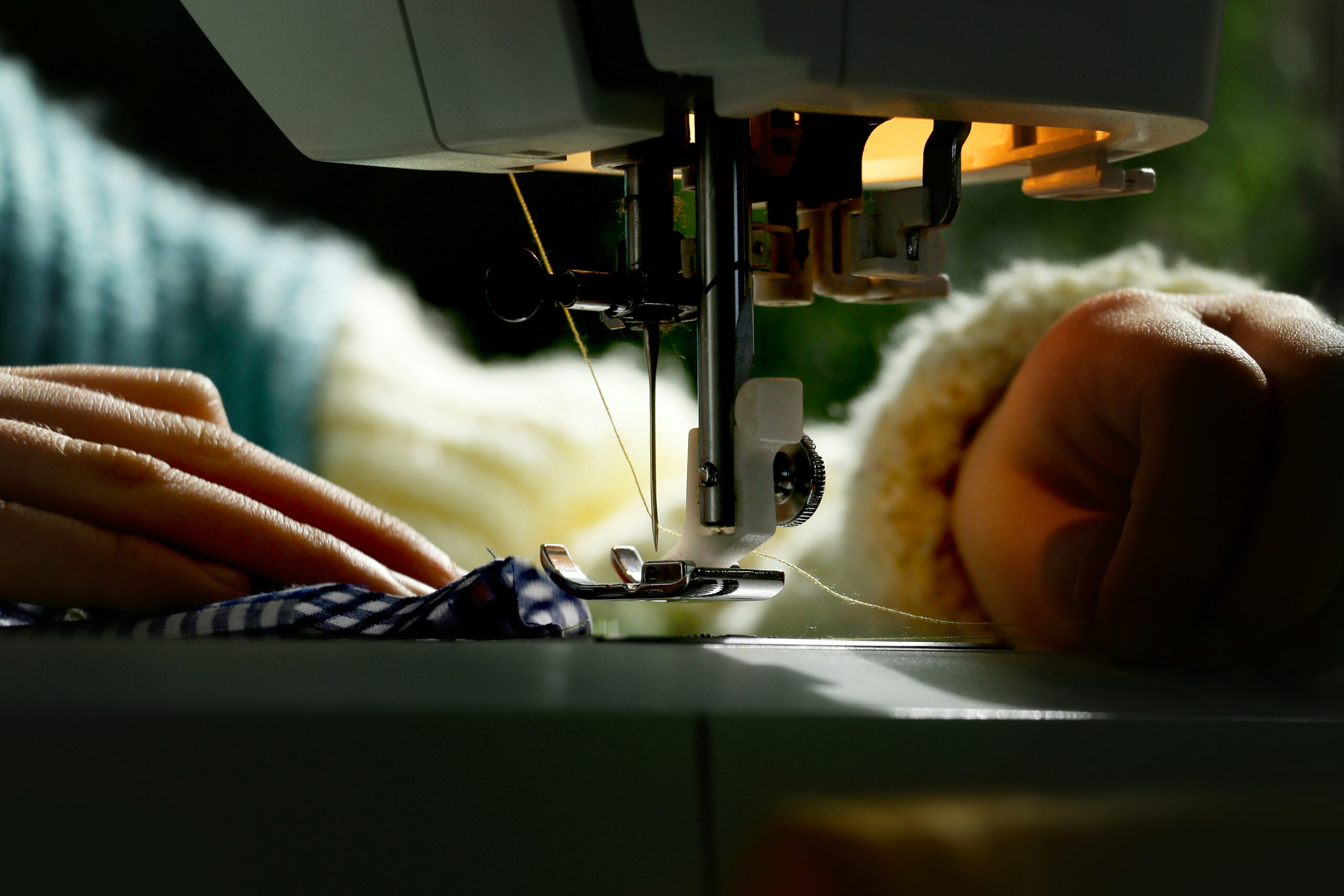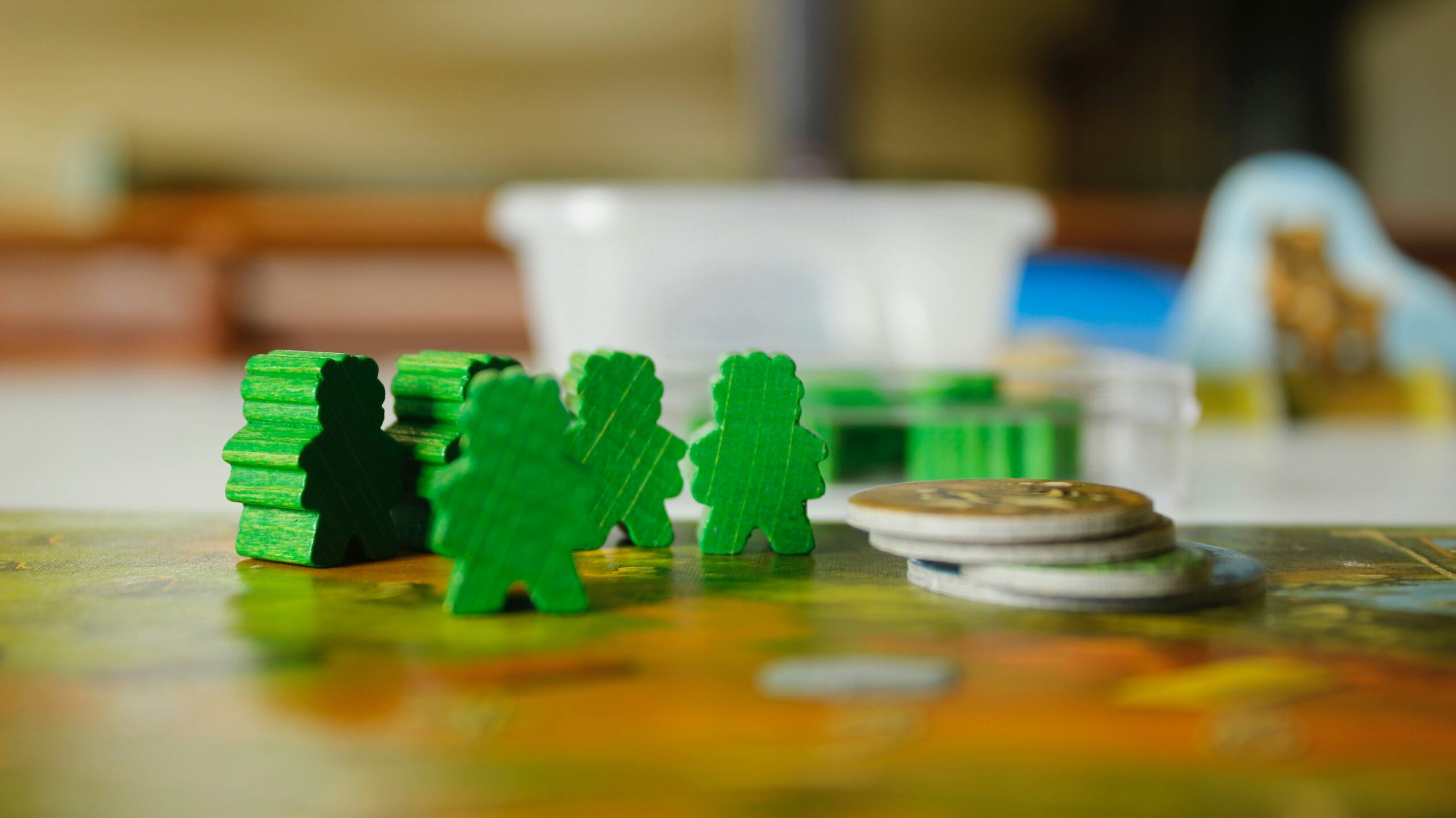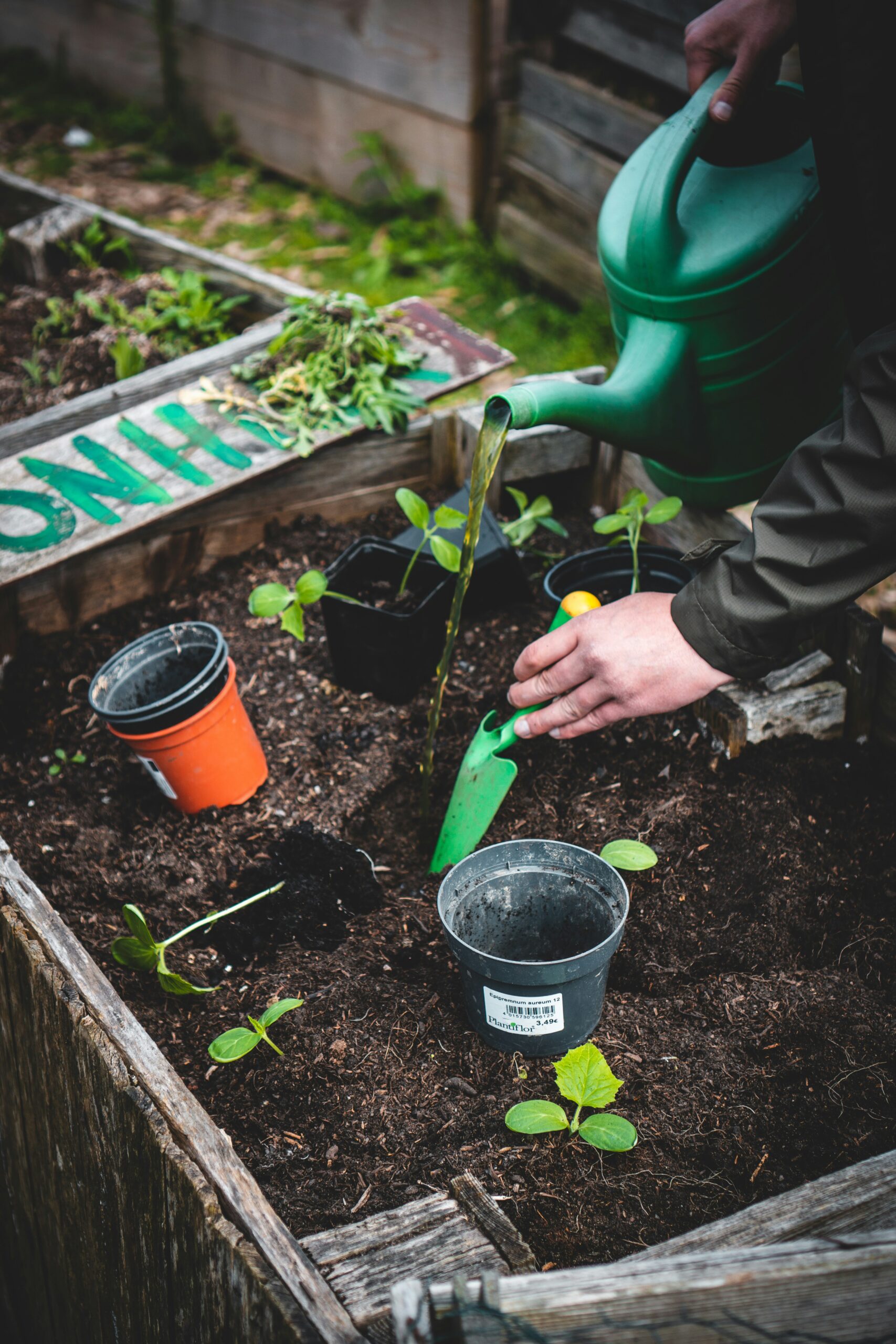Understanding Your Sewing Machine
When embarking on your sewing journey, a fundamental understanding of the sewing machine is crucial. There are various types of sewing machines available on the market, each tailored for specific projects and user experience levels. For beginners, a basic mechanical sewing machine works well, offering essential features such as straight and zigzag stitches. Additionally, electronic machines come equipped with an array of stitch options and automatic functions, making them user-friendly and convenient.
Key components of a sewing machine include the needle, presser foot, feed dogs, and throat plate. Understanding how to thread the machine properly is vital for effective sewing. To thread the machine, follow the manufacturer’s instructions, ensuring that the thread passes through all designated guides and tension discs. Once threaded, adjusting the tension settings is vital to accommodate varying fabric types, allowing for smooth and even stitches.
Another important feature is stitch selection, which enables users to choose the appropriate stitch type for different fabrics and projects. Simple projects may only require a straight stitch or zigzag stitch, while more complex designs could call for decorative stitches or buttonholes. Familiarize yourself with the sewing machine’s control panel to navigate these options efficiently.
Maintenance is key to ensuring the longevity and performance of your sewing machine. Regular cleaning of the machine, including oiling the moving parts and replacing needles, helps maintain its functionality. Additionally, storing the machine in a dust-free environment and covering it when not in use can prevent dust accumulation and potential damage. With proper understanding and care, your sewing machine can become a reliable companion for your creative endeavors.
Selecting the Right Fabrics
When embarking on a sewing project, choosing the appropriate fabric is crucial to the overall success and satisfaction with the completed item. Various types of fabrics are available, each with unique characteristics that can significantly influence the result of your sewing endeavors. Understanding these characteristics will aid in selecting the right fabric tailored to your project requirements.
Cotton is one of the most popular fabrics for beginners due to its versatility and ease of handling. It is breathable, available in numerous prints and colors, and well-suited for a wide array of projects, including clothing, quilts, and home décor. Similarly, linen is a natural fiber known for its lightweight and breathable qualities, making it ideal for summer garments. However, it tends to wrinkle easily and may require more careful handling.
Wool, primarily utilized for cold-weather apparel, is valued for its warmth and durability. It drapes beautifully and can be used for structured garments, though it may necessitate specific care instructions to retain its qualities. In contrast, synthetic fabrics such as polyester and nylon are popular for their strength, resilience, and lower cost. These materials often have unique properties like moisture-wicking or stretch, making them suitable for activewear and outer garments.
When selecting a fabric, consider its weight, drape, and texture. Heavier fabrics may be ideal for structured projects, while lighter materials lend themselves well to flowy designs. Additionally, how you plan to care for your fabric—whether it needs special washing, is machine washable, or requires dry cleaning—should influence your decision. Budget-conscious sewers should explore sales, fabric remnants, and discount outlets to find quality materials without overspending. Thorough research into available fabrics ensures a more fulfilling sewing experience and enhances the likelihood of attaining desired results.
Understanding Patterns and Instructions
Sewing patterns serve as essential guides for creating garments and other fabric projects, making it crucial for beginners to understand the varied types available. Patterns are generally categorized into commercial and indie versions. Commercial patterns, offered by established companies, often come with a wide array of styles and sizes, making them widely accessible. Indie patterns, on the other hand, tend to be created by independent designers, often featuring unique designs and more specialized sizing, appealing to those seeking something distinctive.
When approaching a sewing pattern, the first step is to familiarize oneself with the instructions provided. Each pattern typically includes a set of guidelines that detail the materials, tools, and techniques necessary for completion. These instructions often consist of symbols that represent various sewing stitches and construction methods, such as darts, pleats, and button placements. Understanding these symbols is vital to accurately executing the pattern, ensuring a successful project.
Another key aspect is sizing. Patterns usually come with sizing charts that help you select the most suitable size based on your measurements. It is essential to choose a pattern that aligns with your skill level; beginners may want to start with simpler designs that require less complex techniques, gradually progressing to more intricate projects as their skills develop.
Additionally, tracing and adjusting patterns are beneficial practices for beginner sewists. Tracing the original pattern allows for modifications without damaging the original, enabling adjustments for fit or design elements. Before commencing any project, gathering the necessary materials—such as fabric, thread, and tools—is crucial. This preparation will not only streamline the sewing process but will also enhance your overall experience, making the journey into sewing a more enjoyable one.
Basic Sewing Techniques Everyone Should Know
Mastering basic sewing techniques is essential for anyone looking to become proficient in sewing. Three fundamental techniques that every beginner should familiarize themselves with are straight stitching, backstitching, and hem finishing. These skills serve as the foundation for a range of sewing projects.
Straight Stitching: This is the most straightforward technique and is used for most seams. To perform a straight stitch, begin by setting your sewing machine to the straight stitch setting. Place the fabric beneath the presser foot, ensuring the edges are aligned. While gently guiding the fabric, press the foot pedal to begin sewing. Maintain a consistent seam allowance, typically ¼ inch or ½ inch, depending on the pattern specifications. This technique can be practiced on scrap fabric to gain comfort and control.
Backstitching: This technique reinforces seams and prevents them from coming undone. After sewing a straight stitch for a few centimeters, reverse the machine by pressing the reverse lever while continuing to stitch. This will create a few stitches in the opposite direction, securing the end of your seam. Practice backstitching at the beginning and end of seams on scrap fabric until you can do it smoothly.
Hem Finishing: Hems are crucial for giving garments a polished look. To finish a hem, fold the fabric edge up by the desired hem allowance (usually about 1 inch) and press it with an iron for a neat crease. Next, fold the edge again to encase the raw edge and press once more. Sew along the folded edge using a straight stitch or a hem stitch to secure it in place. This technique will improve the durability and appearance of your finished work.
As you practice these techniques, it is essential to address common sewing issues, such as fabric puckering or uneven seams. Regularly maintaining your sewing machine and using the appropriate needle for your fabric type can significantly enhance accuracy. With time and practice, these basic sewing techniques will build your skills and confidence, empowering you to tackle more complex projects.


